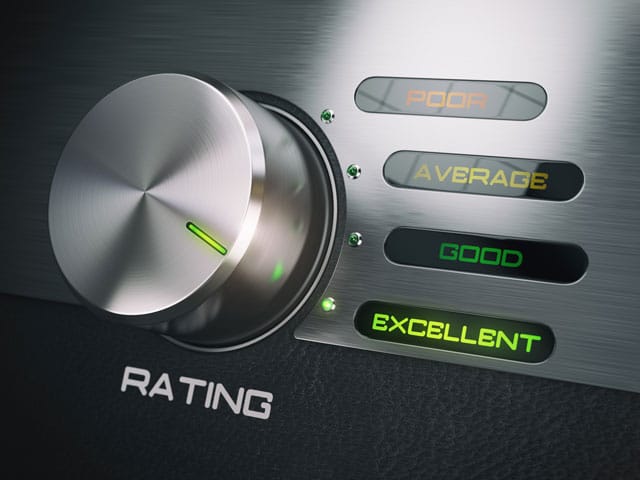Too often, organizations and their consultants get caught up in analysis paralysis during their ERP vendor evaluation processes. I have seen too many teams engage in drawn-out and confusing processes that aren’t worth the time, cost, and effort invested.
Lack of vendor knowledge, deficient industry knowledge, and inability to drive efficient decisions can be a recipe for a flawed evaluation. This can lead a project team to spend too many months doing things like:
- Creating hundreds or thousands of business requirements without prioritizing those that are truly differentiators
- Considering too many vendors – many of which are not good fits with the company’s needs or priorities
- Submitting exhaustive RFIs and RFPs to vendors
- Unfocused vendor demos that spend too much time on requirements checklists and not enough time on key differentiators
- Burning out the project team before the implementation stage even begins
Often times, these exhaustive processes fail to focus on the most important deciding factors. For example, a large multi-national company with a stated goal of standardizing and consolidating systems is less likely to benefit from a best-of-breed or smaller Tier II type of solution. On the flip side, a nimble, high-growth company is less likely to be drawn to an SAP vs. Oracle evaluation.
Even more importantly, cultural alignment is another component that cumbersome evaluations often overlook. For example, company with highly tenured employees, a collegial work environment, and a highly customized legacy system may have a harder time implementing SAP than a more flexible or best-of-breed solution.
For most organizations, time and money is limited. Better to get to a decision quickly so you can redirect resources to a successful implementation. This is one of the prerequisites to reaching the third stage of your ERP implementation.
This video provides some tips and a framework for cutting to the chase and streamlining your ERP vendor evaluation process.






